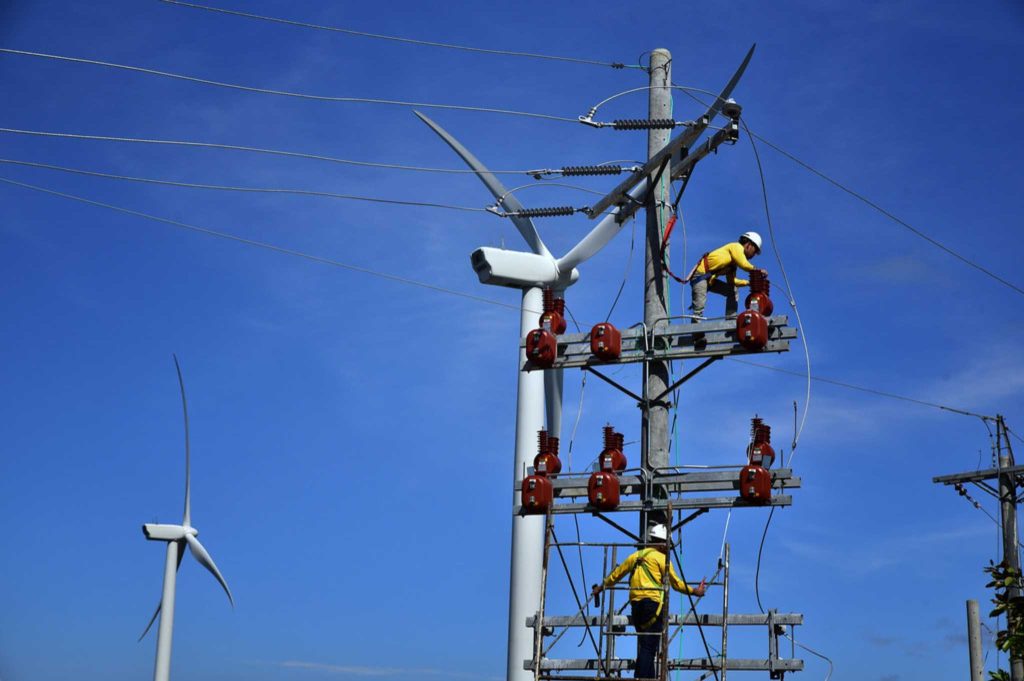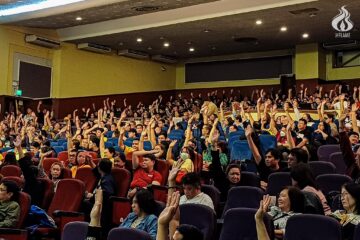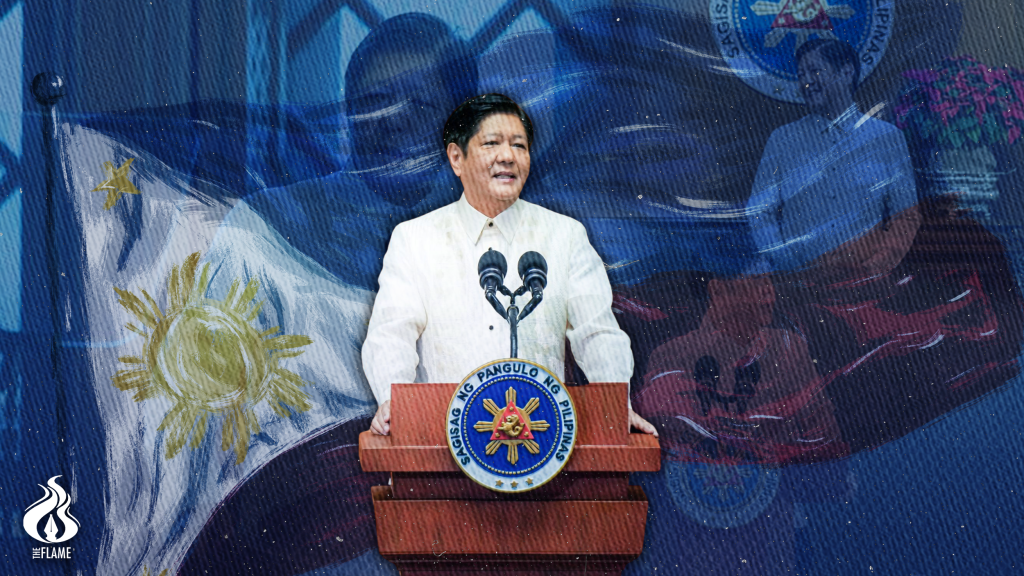
President Ferdinand Marcos, Jr. will deliver his third State of the Nation Address (SONA) today, July 22, less than a year before the midterm polls that will serve as a referendum on his administration.
As Marcos embarks on the third year of presidency, The Flame enumerates his promises and goals delivered during his SONA last year to determine which of them were fulfilled and which of them remained unmet.
1. Economy
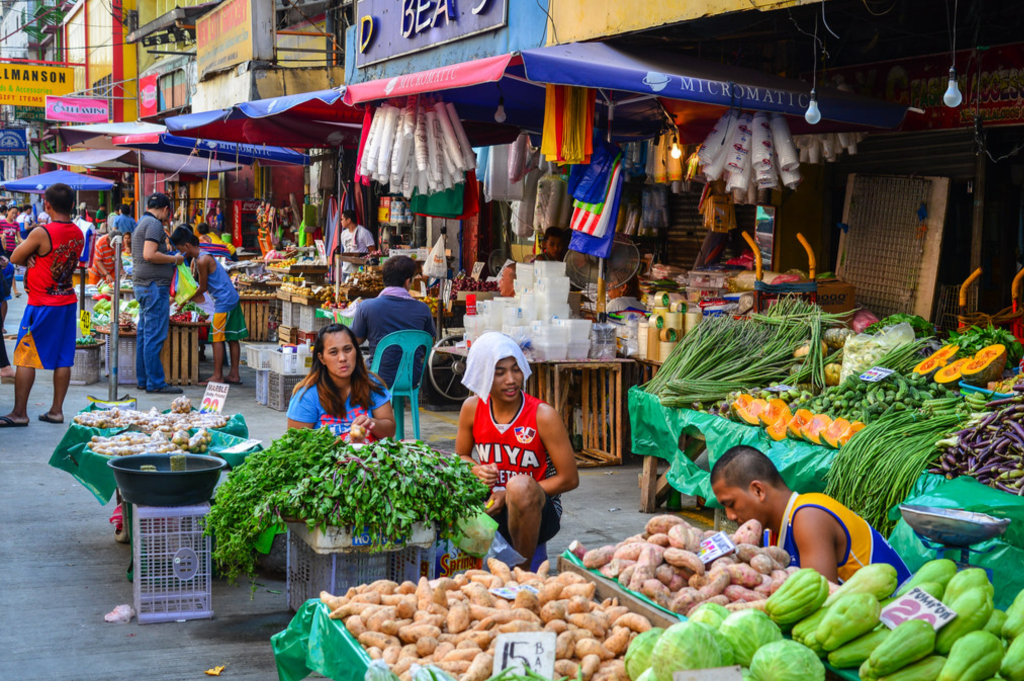
Marcos expressed optimism about the prospects of the Philippine economy, which he had described as “revived and rejuvenated” after it grew by 7.6% in 2022, the highest in 46 years.
“We are still considered to be among the fastest-growing economies in the Asian region and the world. It is a testament to our strong macroeconomic fundamentals.” Marcos said in his speech last year.
“On matters of the economy, there are many things over which we have no control. But over those where we do have control, we are doing everything we can,” he added.
A year after his statement, the Marcos administration achieved some gains but also suffered setbacks that stemmed from both domestic and external developments.
Below target GDP growth
The Marcos administration fell short of meeting its growth target of 6% to 7% for 2023 as the gross domestic product (GDP) only expanded by 5.6% last year.
The GDP measures the total value of goods and services produced in an economy.
The figure was also below the World Bank’s growth forecast of 6% for last year.
According to Marcos, the economy should be anchored on “strong local demand, underpinned by consumer spending and draws strength from the business process outsourcing industry, steady flow of remittances and the continuing job recovery” to attain the target.
This year, the Asian Development Bank projects a 6% GDP growth for the Philippines.
So far, the country posted a year-on-year growth of 5.7% in the first quarter of 2024, below the 6.4% expansion in the same period last year but higher than the 5.5% growth in the fourth quarter of 2023. Agriculture sustained the sharpest slowdown in year-on-year growth at 0.4% because of the El Niño phenomenon.
Below 4.5% inflation since November
Keeping the country’s inflation manageable was among the promises of Marcos, who had acknowledged the difficulties of ordinary Filipinos affected by higher commodity prices.
However, the Philippines posted a full-year average inflation of 6% last year, higher than the government’s 2% to 4% ceiling.
According to the National Economic and Development Authority (NEDA), price pressures that stemmed from rice inflation persisted throughout the year.
But latest figures provided some reasons to be optimistic as inflation slowed down to 3.7% in June from May’s 3.9% and from 5.4% in the same month last year. The Philippine Statistics Authority (PSA) attributed this to the “slower annual increment of housing, water, electricity, gas and other fuels.”
Law empowers Filipino products and services
The enactment of Republic Act (RA) 11981 or Tatak Pinoy Act, which seeks to boost the country’s exports through diversified and enhanced production, was in line with the President’s vow to strengthen local products and services.
The law was among Marcos’ priority bills last year.
During the signing of the law in February 2023, Marcos described it as a step forward “to building a stronger nation.”
“The Tatak Pinoy Act provides the impetus that will nurture innovative and inventive ideas. [It] is more than a branding exercise; it is about incubating and incentivizing great products that deserve to carry the Made in the Philippines trademark,” he said.
The Tatak Pinoy Act establishes a Tatak Pinoy Council headed by the trade secretary.
2. Infrastructure
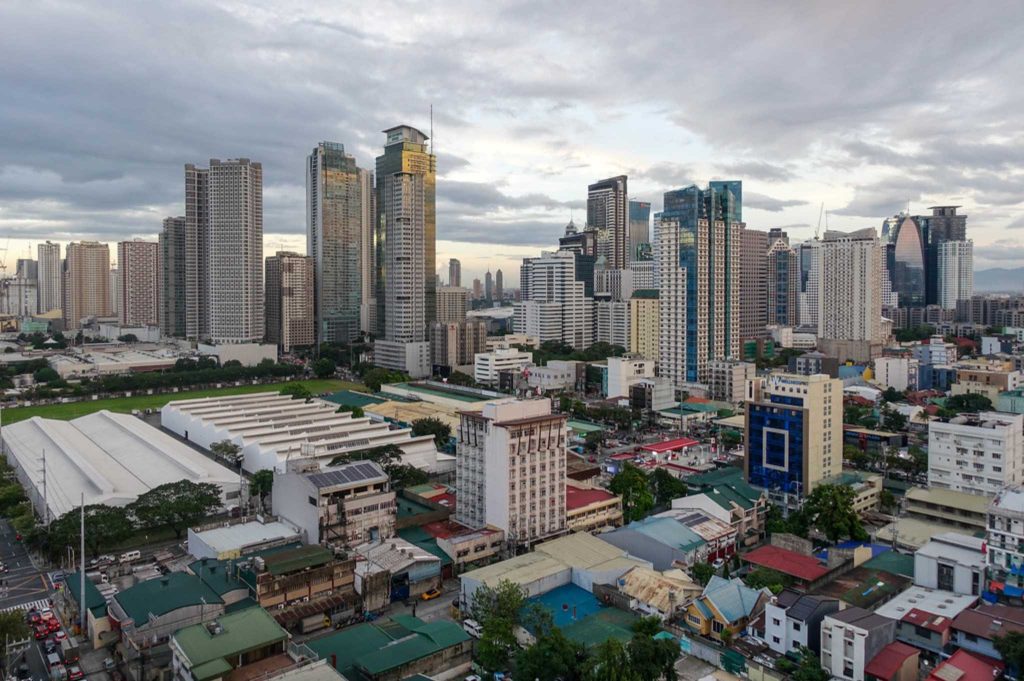
Marcos considered the Build Better More (BBM) program as a key player in economic development as it strives to provide “access and passage to vital and bustling economic markets, such as agriculture hubs, tourism sites, and key business districts.”
“We are opening up all gateways to mobilize goods and services at less cost and in less time, and ultimately, to drive the economy,” he said.
The BBM Program is an extension of former president Rodrigo Duterte’s Build Build Build. It covers 185 projects, including 70 infrastructure flagship projects from the previous administration.
The program seeks to “bridge the country’s huge infrastructure gap” that resulted in higher costs for businesses.
Three out of many
Three infrastructure projects have been completed under the BBM Program, two of which are flood-related.
The Samar Pacific Coastal Road Project, which began in 2018, was the first to be completed under the program in 2023. The 11.6-kilometer road in Northern Samar from Simora Junction in Laoang to Barangay Mabaras in Palapag was inaugurated last July 14.
Meanwhile, two of the 14 projects that were expected to be finished this year have been achieved as of May 2024, namely the Flood Risk Improvement and Management Project for Cagayan de Oro River; and the Integrated Disaster Risk Reduction and Climate Change Adaptation Measures in the low-lying areas of Pampanga Bay Project.
According to NEDA data on the BBM Program, 65 projects are ongoing, 30 have been approved for implementation, five are waiting to be approved, 36 are under project preparation and 46 are undergoing in pre-project preparation.
3. Energy and Environment
Marcos pushed for a review of Presidential Decree No. 87, or Oil Exploration and Development Act of 1972, which was first introduced during the late president Ferdinand Marcos Sr.’s administration. The younger Marcos sought to promote and maximize the petroleum resources of the country as he expressed hope that the “exploration issues” in the resource-rich South China Sea would be resolved.
Other energy-related matters, including increasing energy production, expanding solar power, greenlighting an upstream gas policy, nuclear power plants arrangements, greater use of renewable energy sources, innovations for weather forecasting and disaster monitoring, rehabilitating water supplies and creating the Department of Water Resources are still under works, while the enactment of amendments to an electricity law and a natural gas law have been stalled.
Weather forecasting and disaster monitoring
To mitigate the country’s vulnerability to calamities, Marcos initiated investments in atmospheric science and technology to enable more accurate forecasting and real-time alerts of impending disasters.
Backed by the Green Climate Fund (GCF) with approximately P584 million worth of assistance, the Multi-hazard Impact-based Forecasting and Early Warning System for the Philippines Project was launched in April 2023 to reduce the risk of hazardous impacts caused by extreme weather events. Its target completion date is April 5, 2027.
In November 2023, a memorandum of understanding (MOU) was signed by the Marcos administration and Atmo, a California-based AI weather forecasting startup. Under the deal, the Philippines will obtain a high-resolution weather forecasting system driven by AI to supplement PAGASA’s traditional models and to enable a forecast for up to 14 days.
Upgrading water supply systems
As part of the Marcos administration’s 194 “high-impact” infrastructure projects, the construction of the P3-billion tunnel Angat Water Transmission Improvement Project Tunnel No. 5 aims to mitigate water supply interruptions in areas covered by Angat Dam. The dam accounts for 98% of Metro Manila’s water supply. Its construction started in May 2023 and is set for completion this year.
Delayed passage of energy sector laws
Marcos vowed to improve and address the high cost of electricity, alleged market collusion and insufficient power supply.
Proposed amendments to RA 9136 or the Electric Power Industry Reform Act seek to restructure the Energy Regulatory Commission, ensure consumer protection and enhance the competitive operation of the electricity market. This is also the goal of the proposed enabling law for the natural gas industry but both of these measures remain pending in Congress.
4. Education
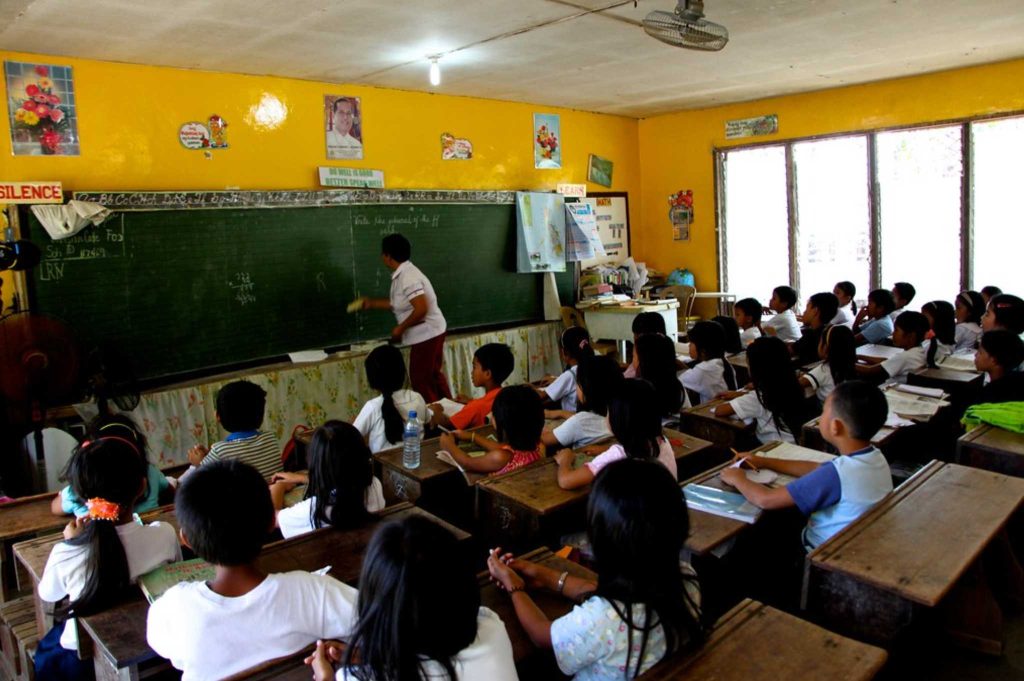
Marcos gave an assurance that learning recovery would be “at the forefront” of the education agenda. However, a number of his promises for the education sector have yet to be fully realized.
They include providing more education alternatives for out-of-school youths, upgrading school materials and expanding medical education programs.
Starting this academic year 2024-2025, DepEd will be conducting the pilot implementation of the MATATAG Curriculum, which aims to improve the delivery of basic education facilities and services for Kindergarten, Grades 1, 4, and 7.
Some details like the changes in the management and supervision of the new curriculum are yet to be disclosed.
More classrooms needed
DepEd has yet to attain its target for classroom construction as it only managed to build 3,600 out of its 6,300 target for 2023.
When she was still the DepEd chief, Vice President Sara Duterte said the agency aims to construct at least 4,000 classrooms by the end of the first semester of 2024.
Bridging the gap
Marcos said the administration would not let a student’s financial constraints be a hindrance to education.
The President recently signed Republic Act 12006, or the Free College Entrance Examinations Act, which requires private colleges and universities to waive admission test feed for financially challenged students who belong in the top 10% of their graduating class
Filipino students in the bottom four
Marcos has cited the need to strengthen literacy and numeracy skills among young Filipinos.
However, despite efforts to improve the education system, the country was dubbed one of the worst in creative thinking, placing second to the last among 64 countries, according to the Program for International Student Assessment’s (PISA) newly launched benchmarking test for creativity.
PISA noted that student performance in creative thinking “correlates positively” to performance in mathematics and problem-solving, reading comprehension and science. The country ranked low in all criteria.
5. Social Services
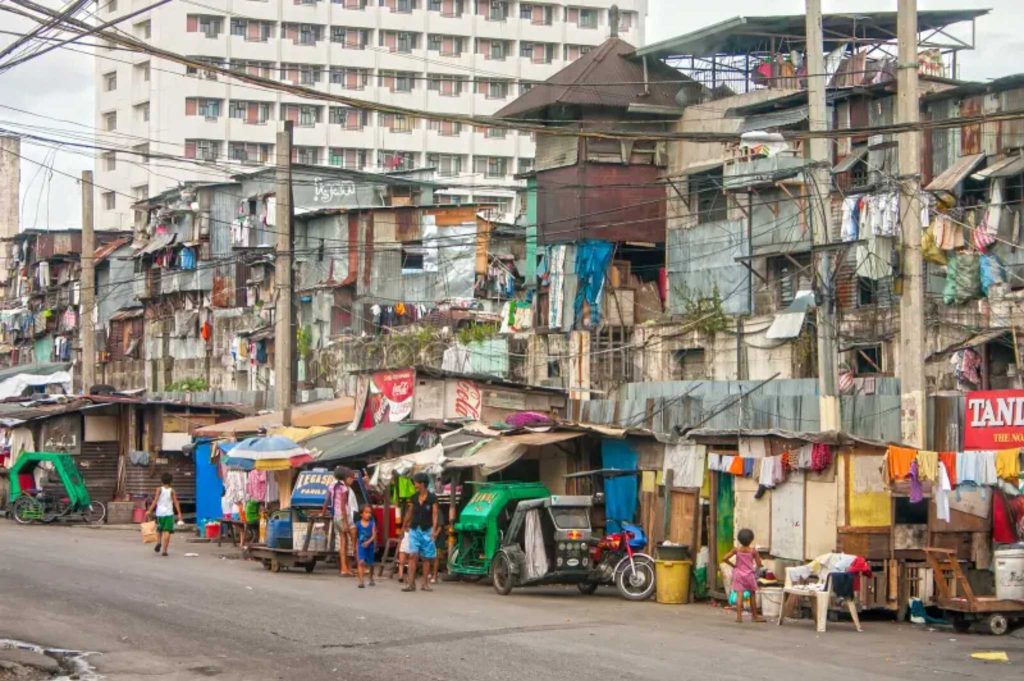
Paying unsettled health emergency allowance
Marcos promised to push through with the distribution of health emergency allowance as a way of repaying the “sacrifices of our private and public health workers during the pandemic.”
According to a statement by a coalition of health workers in March, the delayed health emergency allowances under RA 11712, or the Public Health Emergency Benefits and Allowances for Health Care Workers Act, totaled P62 billion.
As of March, the Department of Budget and Management (DBM) has already released P73.26 billion for the allowances out of P91.283 billion worth of emergency benefits. This amount covers 653,295 claims of emergency allowances. The DBM also cited the Department of Health’s report on the release of P64 billion in emergency benefits by April.
The DBM approved last July 5 a Special Allotment Release Order for P27.453 billion, which is expected to settle unpaid emergency allowances and more than 4,000 claims of COVID-19 sickness and death compensation.
Healthcare and non-healthcare workers who took part in the government’s COVID-19 response from July 1, 2021 to July 21, 2023 are entitled to monthly allowances in accordance with their risk exposure categorization and physically rendered work hours.
Risk exposure is categorized into low (P3,000), medium (P6,000) and high (P9,000). The rate could only be given fully when workers rendered at least 96 hours per month.
Workers who also contracted mild and severe COVID-19 infections are also entitled to receive compensation of P15,000 and P100,000. Bereaved families of healthcare workers will also be given P1 million.
As of July 16, the Department of Health’s emergency allowance dashboard showed that more than 4 million claims of beneficiaries had been approved, totaling P25.38 billion.
4Ps beneficiaries
The administration allocated P106.3 billion to the Pantawid Pamilyang Pilipino Program (4Ps) in the 2024 budget, which is seen to benefit 4.4 million families.
The program, institutionalized in 2019, provides monthly subsidies released every two months for health (P750) and rice (P600) per household.
It also gives an education grant per child worth P500 and P700 for those in junior high school and senior high school, respectively. The education subsidy is provided to a maximum of three children per household every school year for ten months.
However, 200,000 families will be removed from the beneficiary list since their last monitored child surpassed the program’s age limit of 18 years old.
6. Foreign Relations
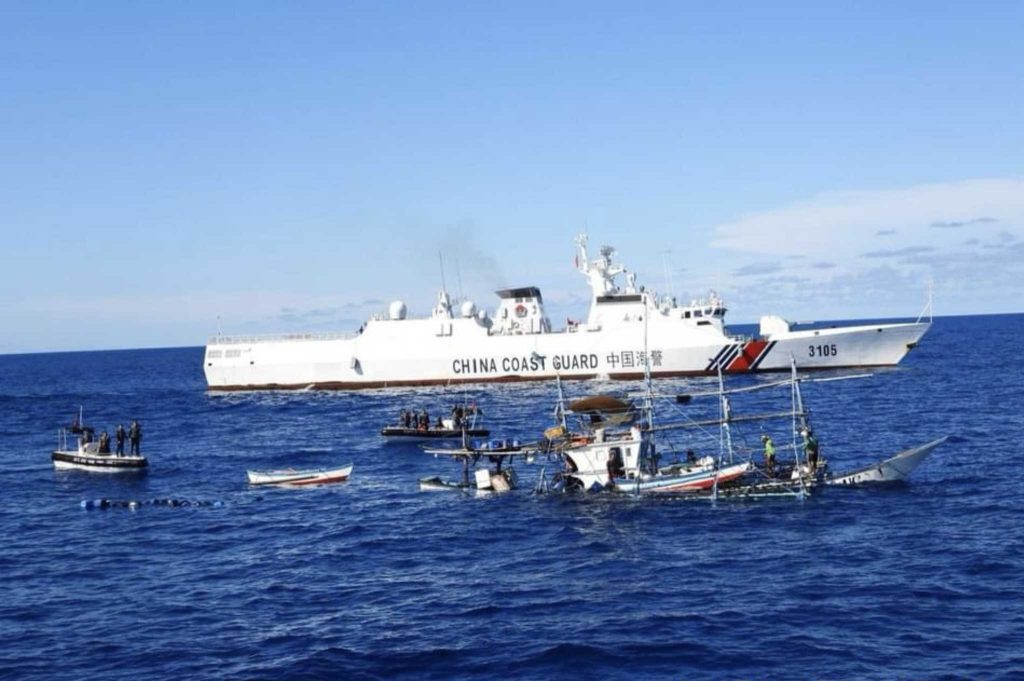
Since the 2023 SONA, Marcos has visited ten countries to promote the “interests of the country, for peace-building and mutually beneficial purposes.”
He stood by the administration’s pursuit of an independent foreign policy of “friend to all, enemy to none” strategy. Marcos’ foreign policy sought to promote the nation’s interest while avoiding conflict and adapting to geopolitical realities.
West Philippine Sea dispute
While strengthening ties with the US, Marcos also sought to manage the Philippines’ relationship with China despite rising tensions in the West Philippine Sea. He has since welcomed “any new lines of communication” with China.
Last year, Marcos met with Chinese leader Xi Jinping to reduce tensions and ensure Filipino fishermen’s access to traditional fishing grounds. He also attended the first US-Japan-Philippines trilateral meeting to bolster maritime cooperation.
The longstanding West Philippine Sea row caused many tense encounters, one of which was when a Chinese Coast Guard vessel rammed a Philippine rubber boat during a resupply mission in Ayungin shoal, causing a Philippine Navy sailor to lose his right thumb.
On numerous occasions, Chinese vessels blasted Filipino fishing boats with water cannons.
Nevertheless, Marcos said the nation would not use force and intimidation to assert the Philippines’ rights in the area.
7. Corruption and Good Governance

Marcos vowed zero tolerance for graft and corruption as he accepted the resignation of three generals and 15 colonels from the Philippine National Police over their alleged involvement in illegal drugs.
Earlier this month, the president promised a whole-of-government approach to combat unlawful Philippine Offshore gaming operators (POGO) and drug operations in the country.
The Department of the Interior and Local Government formed a task force to deal with illegal POGOs, while the Philippine Drug Enforcement Agency and the Bureau of Customs lead the anti-narcotics campaign.
Presidential Anti-Organized Crime Commission Undersecretary Gilbert Cruz said that the number of illegal POGO operations has grown to more than 300 hubs in 2024.
National ID registration delayed
During his 2023 SONA, Marcos said the administration would issue 92 million national IDs by June 30. However, the government failed to reach the target, with only 88.43 million people registered as of June 28 of this year.
Design changes and insufficient data caused the delay of the national IDs, Bangko Sentral ng Pilipinas senior assistant governor Iluminada Sicat said last year.
Delays in the rollout and registration may hinder the government’s ability to efficiently identify and assist citizens and provide social services.
Improving digital connectivity
Marcos promised to use the National Broadband Plan (NBP) to boost digital connectivity across the country through projects like the national fiber backbone and free wifi sites.
Phase 1 of the national fiber backbone project was launched last April 19, connecting four Bases Conversion Development Authority eco-zones, two National Government Data Centers, and 14 provinces in northern and central Luzon and Metro Manila.
The project is expected to be completed by 2026 and is expected to increase the internet penetration rate from 33% to 65% and provide affordable internet access to 70 million Filipinos.
The nation ranked 69th out of 159 countries in terms of average mobile internet speed, according to the Speedtest Global Index by Ookla released in April 2024.
Meanwhile, 772 free Wi-Fi sites will be established in Mindanao after NEDA acquired a funding of P16.1 billion from the World Bank for the Philippine Digital Infrastructure Project to boost internet connectivity in the Davao and Caraga regions. The free Wi-Fi sites will be built in public schools, state universities and colleges, and rural health units.
Updating antiquated laws
The president also urged Congress to pass Senate Bill No. 2593, or New Government Procurement Law (NGPA) and New Government Auditing Code to amend outdated procurement law and auditing procedures.
The NGPA, which will replace the 21-year-old Government Procurement Reform Act, was signed into law on July 20.
The NGPA integrates digitalization in procurement procedures and is seen to improve the efficiency of procurement activities and reduce opportunities for corruption.
Marcos has also signed into law the Ease of Paying Taxes Act, a measure aimed at simplifying and modernizing the tax administration system in the Philippines.
8. Armed Forces

Bolstering defense capability
Marcos gave an assurance that the government would continue its military capability upgrade programs to allow soldiers to perform their mandate of securing the nation against all kinds of threats.
The Armed Forces Modernization Program aims to improve the defense capability of the country by acquiring more ships, aircraft, radar systems and other defense equipment.
In January, the government approved the revised Horizon 3, the last phase of the program.
An estimated P2 trillion will be spent for the next ten years for the revised third horizon, which reflects a shift towards external defense.
To enhance the area defense capabilities of the military, the first batch of BrahMos supersonic cruise missiles was delivered onboard transport aircraft of the Indian Air Force in April. It was part of a P22 billion deal with India in 2022 under Horizon 2.
Marcos also approved in July the purchase of multirole fighter jets to improve the air defense capabilities of the armed forces.
Military pension system reforms
The House of Representatives has approved the proposed reforms for the military pension system, a priority bill of the administration
The measure aims to create a sustainable pension system for military and uniformed personnel in the country.
It also guarantees pensions for all uniformed personnel and improves their retirement benefits. Military and uniformed personnel would also receive a 3% annual salary increase for the first 10 years.
However, the measure has not been enacted because the Senate has yet to pass a counterpart bill.
Amnesty to ex-rebels
As part of the administration’s peace and development effort, Marcos issued several proclamations granting amnesty to rebels last November.
These proclamations granted amnesty to members of the Revolutionary Workers’ Party, Revolutionary Proletarian Army, Alex Boncayao Brigade, Communist Party of the Philippines, New People’s Army, National Democratic Front, the Moro Islamic Liberation Front and Moro National Liberation Front.
The National Amnesty Commission, through its nine local amnesty boards, has received 578 amnesty applications as of July 12.
9. Agriculture
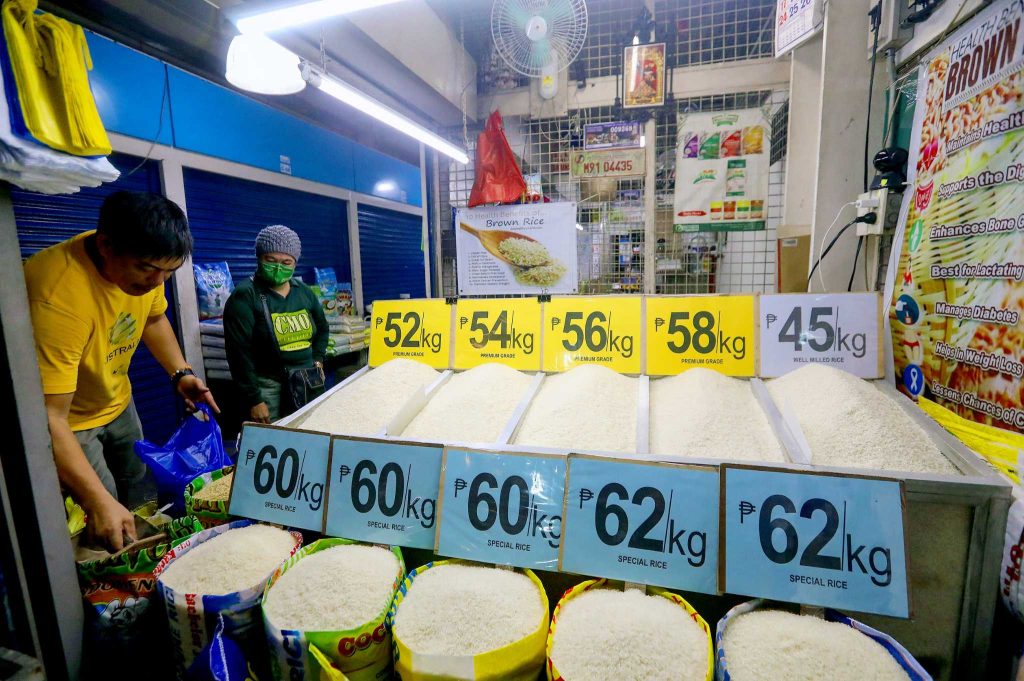
The administration has undertaken measures to improve farm productivity and address the impact of El Niño. They include providing discount vouchers and farming technologies like bio-fertilizers and clearing the P57-billion debt of some 600,000 agrarian reform beneficiaries.
More KADIWA stores with cheaper prices
Launching additional KADIWA stores in permanent locations nationwide was one of Marcos’ promises during his SONA last year. He said the program would “connect consumers with farmers,” eliminate middlemen in the supply chain and sell goods at cheaper prices in low-income communities.
New KADIWA stores have been launched since July 2023, with the most recent ones established in Bataan last March and in San Jose del Monte, Bulacan on June 28.
According to the Department of Agriculture, 265 regular KADIWA stores have been launched nationwide alongside 121 pop-up stores and 29 retail markets. More KADIWA centers are also set to open throughout the country soon.
Meanwhile, the rice in some KADIWA stores were sold for P29 per kilo. In regular markets, a kilo of rice is usually sold at P49 to P60.
Agriculture Asst. Secretary Genevieve Velicaria-Guevarra said the discount “aims to gather comprehensive data on supply, demand, and logistics” to effectively implement the program.
However, farmers’ groups said the administration should implement better interventions instead, as KADIWA stores were “not the solution” to their agricultural problems.
Amendments to fisheries and cooperative codes rotting in Congress
As part of his strategy to protect Filipino fishermen, Marcos called on Congress to amend the Fisheries Code of the Philippines to determine other safe fishing routes and areas within the country’s exclusive economic zone.
Under the Fisheries Code of the Philippines, Filipino fishermen can fish within 15 kilometers of the coastline and are prohibited from committing illegal, unreported and unregulated fishing activities.
Marcos wanted to amend the law to ensure that the country’s fisheries sector is “in harmony with environmental balance.” However, the bill is stuck at the House Committee on Aquaculture and Fisheries Resources.
According to the agriculture department, the proposed amendments would focus on “pre-border controls” to ensure the safety of imported fish.” Allowing commercial fishing vessels to fish 10.1 kilometers offshore is also being studied.
However, some groups are against modifying the fisheries code, saying it would only benefit big fishing companies.
Meanwhile, the amendment of the Cooperative Code, which aims to expedite the creation of cooperatives, in the Philippines, has been languishing in the Senate. The debate on its necessity hinders the progress of this priority bill.
10. Labor
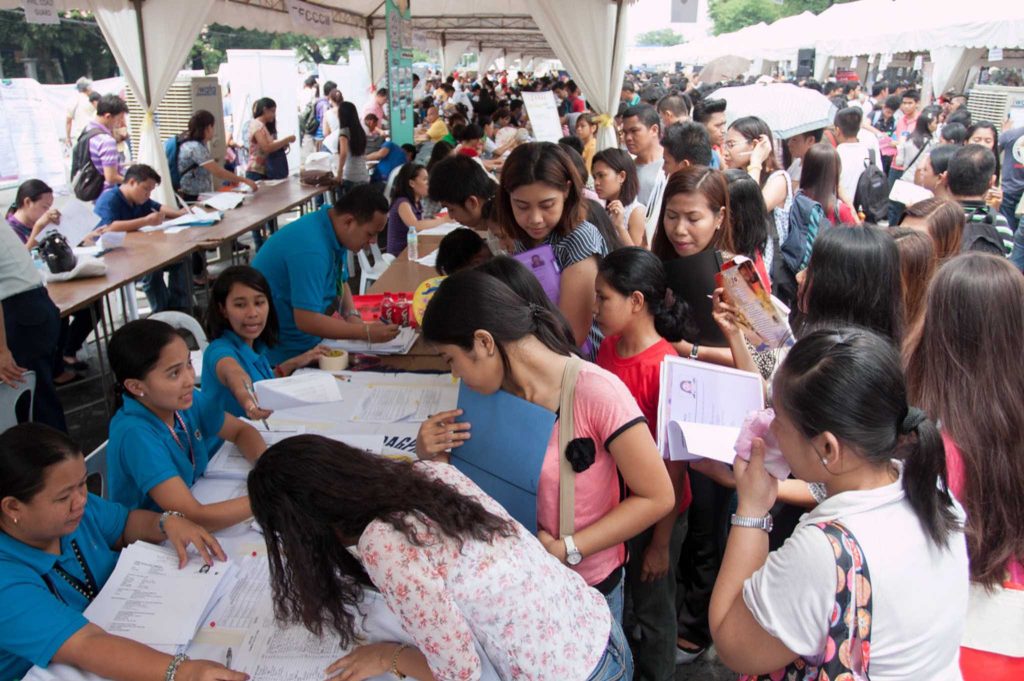
During his SONA last year, Marcos promised to generate more jobs to address unemployment and underemployment. He planned to secure more partnerships and agreements with other countries to yield investments that could potentially generate jobs in the Philippines.
Employment rate in the country hit 95.9% in May 2024, slightly higher than the 95.7 recorded in the same period last year.
According to the Philippine Statistics Authority (PSA), the construction sector, which posted the highest increase in the number of employed persons, hired 745,000 jobseekers, followed by administrative and support service activities (371,000), manufacturing (347,000), transportation and storage (292,000), and public administration and defense and compulsory social security (276,000).
The underemployment rate also dropped year-on-year to 9.9% from 11.7%, while the unemployment rate decreased to 4.1% from 4.3%.
Meanwhile, NEDA said in March that a medium and long-term foreign investment promotion and marketing plan were underway to effectively strategize attracting foreign investments and stimulate economic growth.
The government also plans to improve the content of its training programs to equip workers and employers with knowledge of data science, analytics, and artificial intelligence. F – Barbra Althea Gavilan, Veancy Palad, Heschel Klein Pavon and Christian Querol

